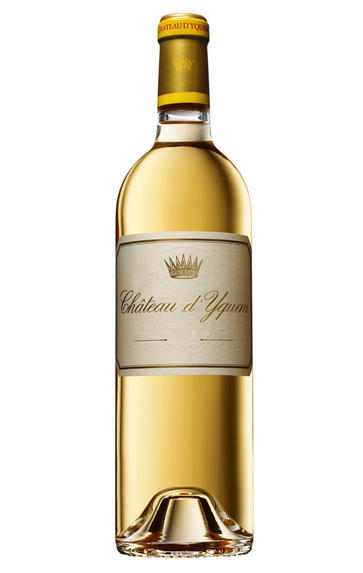
1988 Château d'Yquem, Sauternes, Bordeaux
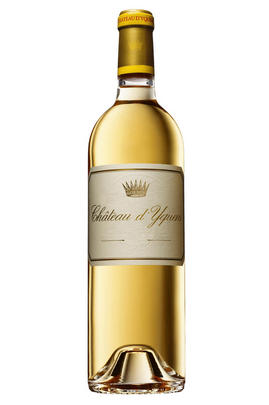
Critics reviews
The 1988 Yquem is a vintage that I have drunk with enormous pleasure on numerous occasions. This last bottle was the perfect ending to a horizontal of 1988 Roumier wines at Noizé. It was a late harvest that lasted until All Saints Day (1 November). A total of 6 tries were necessary through the vineyard, each gifting plenty of botrytised fruit. Deep amber in hue, it offers wonderful aromas of mandarin, orange blossom, wax resin and a light adhesive scent. I was actually quite taken aback but the splendid delineation and life-affirming vitality of this example, hints of crème brûlée interwoven through the honeyed fruit, Clementine and hints of caramelised pear. It fans out wonderfully on the finish. Without doubt, this was the best bottle of 1988 Yquem that I have encountered.
Drink 2022 - 2050
Neal Martin, Vinous (February 2022)
13.5%, 123 g/l RS, TA 3.8. Very classic vintage. Warm year with a very wet spring. Good weather lasted to the end of the harvest, 15 Oct started – very late – and then it was a dream vintage with no rain for 4 weeks. Ended 25 Nov. Very late.
Dark tawny. The most uintriging nose Glossy and lively and more intellectual than the other two, Extremely long – a hint of ginger and real zest. Certainly seemed the best of these three without a doubt. Very racy and flirtatious – maybe racier than the 1989. Powerful and very very long.
Drink 2000 - 2040
Jancis Robinson MW, JancisRobinson.com (February 2008)
The 1988 Chateau d'Yquem has long been an insider's favorite over the 1989 and 1990, although at the end of the day, all three form a brilliant triumvirate at the end of the decade. Tasted from a half bottle, it shone with a slightly burnished amber hue. The bouquet is just as I have encountered with previous bottles with scents of marmalade, mandarin, burnt honey and citrus fruit, perhaps a little waxier and resinous than I recall. The palate is medium-bodied with impressive weight, viscous as you would expect, though not as flamboyant as the 1989 or as unctuous as the 1990. It is beautifully balanced with notes of apricot, white chocolate and orange peel towards the harmonious and tensile finish. You can see this cruising along for two or three decades and maybe it will turn more Barsac-like in style? Time will tell - a glorious Yquem however you look at it. Tasted May 2016.
Drink 2016 - 2046
Neal Martin, Wine Advocate (June 2016)
About this WINE
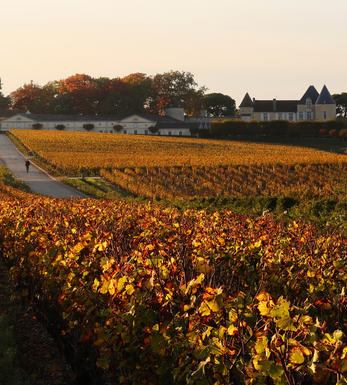
Château d’Yquem
Château d’Yquem is the leading estate in the Sauternes appellation on the Left Bank of Bordeaux. It has long been reputed for making one of the world’s great sweet wines. In the 1855 classification of Bordeaux wines, Yquem was given the lofty title of Premier Cru Supérieur – the sole property at that level. It sits comfortably among the First Growths of the Médoc and their equivalents on the Right Bank regarding its quality and prestige among wine collectors.
The estate has a noble history dating back to the 1590s. By 1711, it was owned by the Sauvage family, French aristocrats whose descendants would remain at the helm for almost three centuries. Yquem is now part of the Louis Vuitton Moët-Hennessy (LVMH) group, owned by Bernard Arnault, one of France’s wealthiest people.
Yquem is located in the heart of Sauternes, at the commune’s highest point and surrounded by many of the appellation’s other leading estates. The vineyard is planted to a majority of Sémillon, supported by Sauvignon Blanc. There are 113 hectares of vines, though only 100 hectares are used in any one vintage.
To make a bottle of Yquem depends on developing botrytis cinerea, the so-called “noble rot”, in the vineyard. Harvest involves up to 200 workers, passing through the vineyard up to 10 times to pick only those berries that have been infected with noble rot. This doesn’t happen uniformly, and it doesn’t happen every year. In some years, no Yquem is produced at all – as in 1964 or, most recently, 2012. Of this approach, President Pierre Lurton says: “It’s important to take a lot of risk. If you don’t take a risk, you don’t make Yquem.”
Today, Yquem is led by Pierre Lurton, its longtime President, along with Estate Manager Lorenzo Pasquini. The Cellar Master is Toni El Khawand, following the departure of Sandrine Garbay in 2022.
In addition to the sweet Sauternes produced here, there is also a dry white wine, Y (pronounced “ee-greck”).
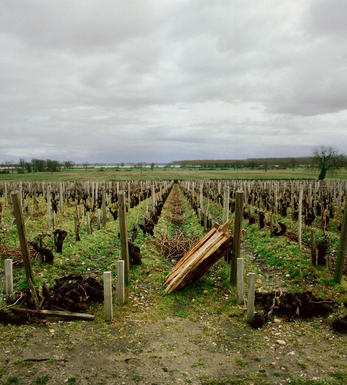
Sauternes
Sauternes is where arguably the world's finest sweet white wines are produced. The Sauternes appellation actually consists of five communes: Barsac, Preignac, Bommes, Fargues and Sauternes itself. Barsac is also an appellation in its own right.
Sauternes literally has an atmosphere different from any of the other major communes. At the southern tip of the Graves,close to the Garonne, not only is the land hillier and decidedly more bucolic but it also enjoys a specific mesoclimate of evening autumn mists which linger until well into the following day, unless burnt off by warm sunshine.
The mists are caused by the cool, spring-fed waters of the Ciron River meeting the warmer tidal Garonne, and the result is an ideal environment for the growth of the mould botrytis cinerea. When its arrival is felicitous, it feeds on the water in the ripe grapes, dehydrating them and leaving sweet, shriveled fruit.Other regions in Bordeaux (ie Cadillac, Loupiac) produce wines in a similar style from the same method, but none achieve the profundity and complexity of Sauternes.
Recommended Châteaux : Ch. D'Yquem, Ch. Climens (Barsac), Ch. Suduiraut, Ch. Rieussec, Sigalas- Rabaud, Ch. Coutet (Barsac), Ch. de Fargues, Ch. Lafaurie-Peyraguey, Ch. Doisy-Védrines (Barsac), Chateau Partarrieu, La Tour Blanche
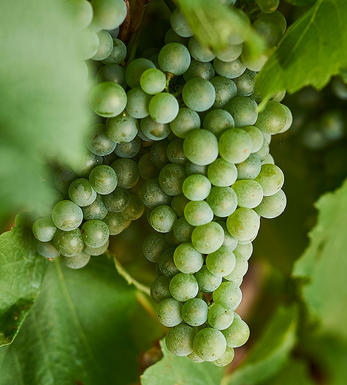
Sauvignon Blanc & Sémillon
The blend used for White Graves and Sauternes and rarely encountered outside France. In the great dry whites of Graves, Sauvignon Blanc tends to predominate in the blend, although properties such as Smith Haut Lafite use 100% Sauvignon Blanc while others such as Laville Haut Brion have as much as 60% Sémillon in their final blends. Sauvignon Blanc wines can lose their freshness and fruit after a couple of years in bottle - if blended with Sémillon, then the latter bolsters the wine when the initial fruit from the Sauvignon fades. Ultimately Sauvignon Blanc gives the wine its aroma and raciness while Sémillon gives it backbone and longevity.
In Sauternes, Sémillon is dominant, with Sauvignon Blanc playing a supporting role - it is generally harvested about 10 days before Sémillon and the botrytis concentrates its sweetness and dampens Sauvignon Blanc`s naturally pungent aroma. It contributes acidity, zip and freshness to Sauternes and is an important component of the blend.


Buying options
Add to wishlist
Description
Enormous depth of fruit, considerable botrytis and rich, smoky new oak flavours. A classic, similar in mould to the stunning 1975. Not yet as evolved as '89 and '90, but with the structure and balance to become a legend.
wine at a glance
Delivery and quality guarantee